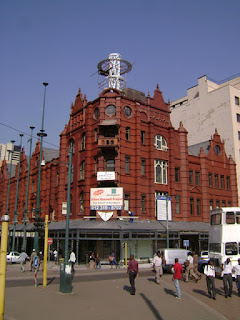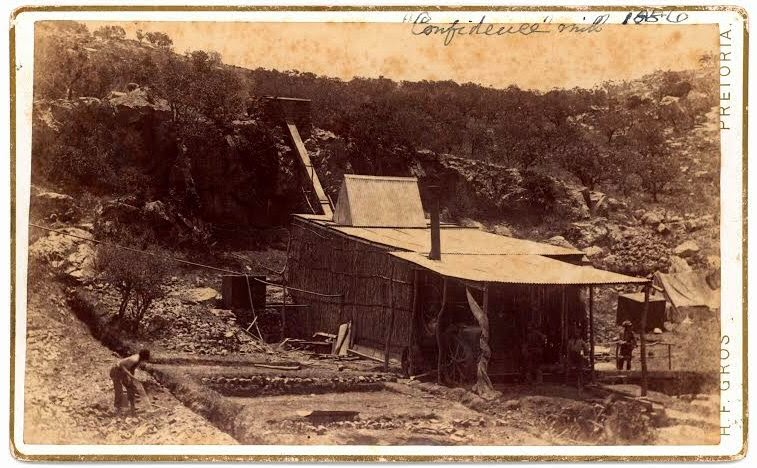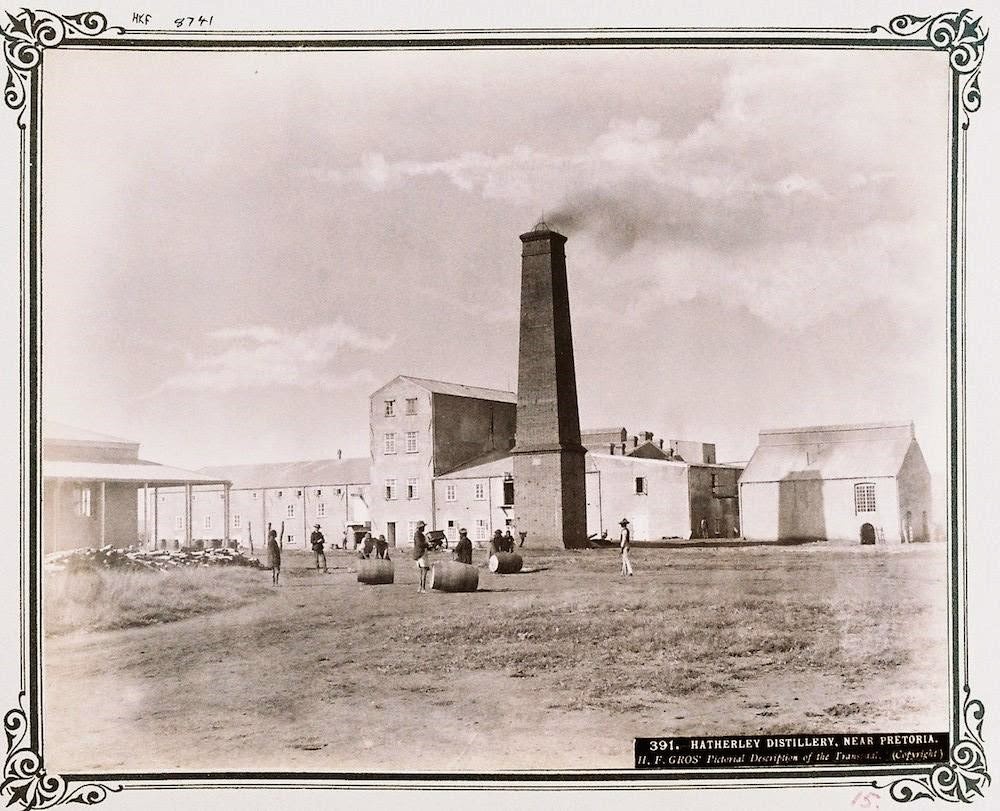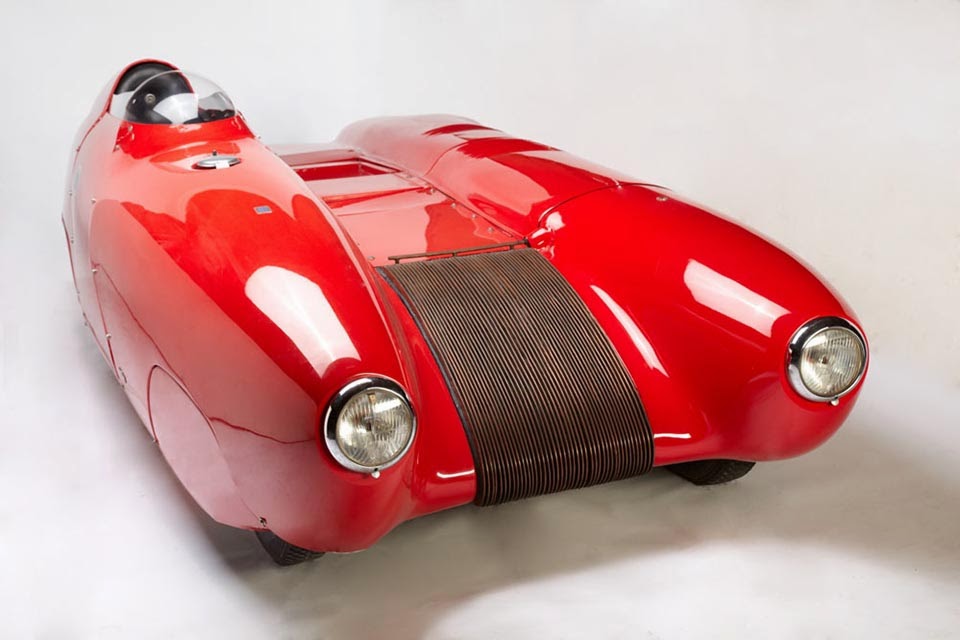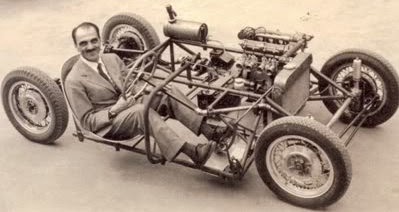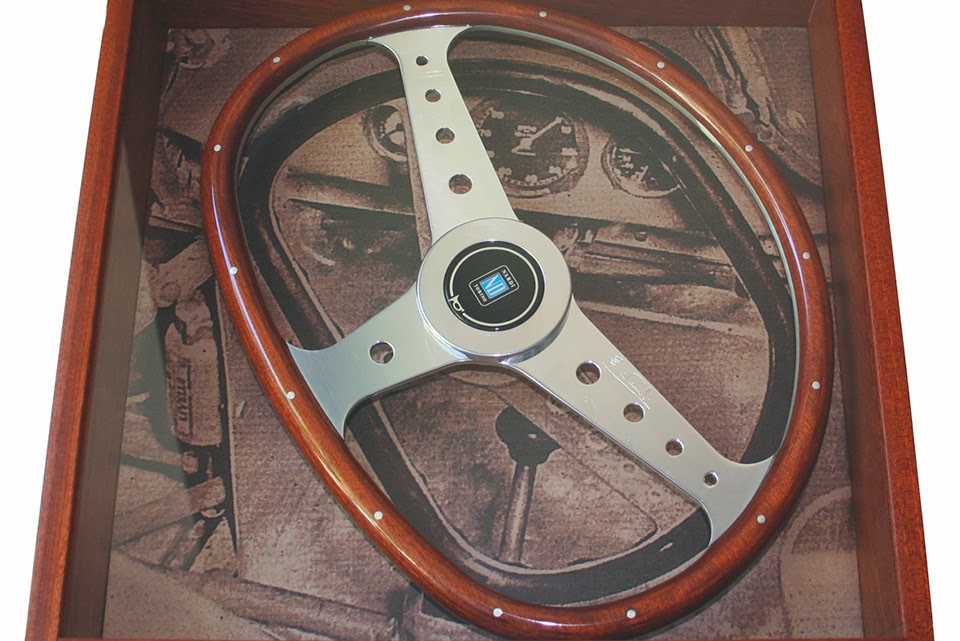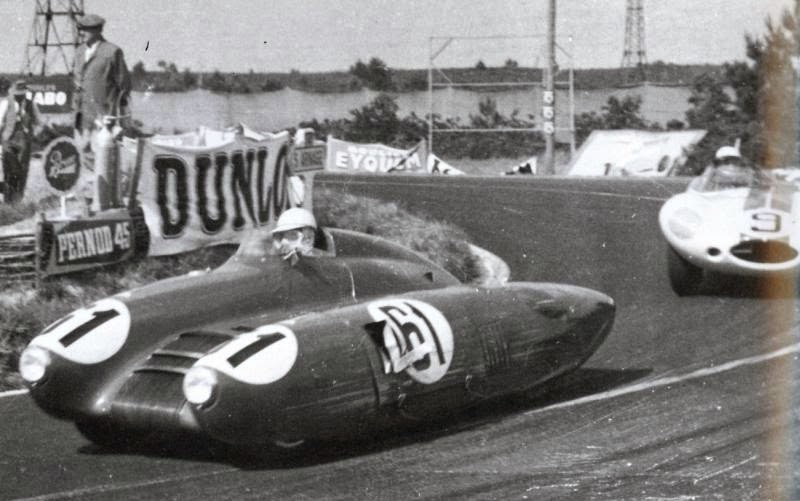 |
| Union Buildings |
This timeline was reproduced from the ShowMe Pretoria website
http://showme.co.za/pretoria/tourism/timeline-of-pretorias-history/
1600s
The Southern Transvaal Ndebele tribe settles in the area which was to become the location of the city of Pretoria, after travelling from Natal led by a chief called Musi.
1836
Andries Pretorius, who would later become a national hero of the Voortrekkers after his victory over the Zulus in the Battle of Blood River in 1837, arrives in the area north of the Vaal.
Southern African king Mzilikazi and his tribe, who’d been residing in the region since 1825, is defeated by the Voortrekkers and forced to flee across the Limpopo.
1840
First permanent White inhabitants arrive in the Pretoria area.
1852
The United Kingdom signs the Sand River Convention treaty with approximately 5 000 Boer families, recognizing their independence in the region to the north of the Vaal River and by doing so, laying the foundation for the Zuid-Afrikaansche Republiek (South African Republic).
 |
| Statue of Andries Pretorius at the City Hall |
1853
Marthinus Wessel Pretorius purchases two farms named Elandspoort and Daspoort. The farms are declared a town in November, originally named ‘Pretoria Philadelphia’ in honour of MW Pretorius’ father and his father’s brothers.
1855
Pretoria is founded and established as the capital of the Zuid-Afrikaansche Republiek, named after General Andries Wilhelmus Jacobus Pretorius- a leader of the Boers who was instrumental in the creation of the Transvaal Republic.
Church Square is created on the order of MW Pretorius. Town planners, The Deveraux brothers, design a square for market and church purposes.
 |
| Map of Church Square |
1856
Andries Francois du Toit, in exchange for a Basuto pony, acquires a part of MW Pretorius’ farm ‘Elandsfontein’. He names the pony ’Arcadia’. The Union Buildings would later be constructed on Elandsfontein Farm.
1857
Marthinus Wessels Pretorius is elected the first President of the Zuid-Afrikaansche Republiek.
The first church in Church Square is completed and inaugurated by Reverant D Van Der Hoff.
Andries Francois du Toit is sworn in as Pretoria’s first magistrate and is responsible for the layout of the city.
 |
| Andries Du Toit |
1859
The first state aided school is opened with qualified Dutch teacher Hendrik Stiemens as headmaster.
1860
Marthinus Wessels Pretorius resigns as president of the Zuid-Afrikaansche Republiek (ZAR) and is elected President of the Orange Free State.
Pretoria is named the capital of the Zuid-Afrikaansche Republiek on the 1st of May 1860.
1864
Pretoria’s first Raadsaal (council boardroom) is erected on the corner of Market and Church streets.
 |
| First Raadsaal |
Marthinus Wessels Pretorius is elected as President of the ZAR for the second term.
 |
| Statue of MW Pretorius at the city hall |
1864
The first mail coach is established in Pretoria.
1871
Pretorius is forced to resign as President after consenting to the Keate award.
1872
Thomas Francois Burgers is elected State President of the Zuid-Afrikaansche Republiek.
The Pretoria Post Office is established.
1873
‘De Volkstem’/’Die Volkstem’, a Dutch- and Afrikaans language newspaper, is established by President Burgers and circulation starts in Pretoria.
 |
| De Volkstem |
1877
British statesman Sir Theophilus Shepstone proclaims the annexation of the Transvaal to Great Britain.
First telegraph office is established in Pretoria.
1880
The United Kingdom’s new Prime Minister, William Ewart Gladstone, insists on maintaining British control in Pretoria.
The First Anglo-Boer War begins on the 16th of December and Pretoria is surrounded by Boers in order to stop the British forces stationed there from taking part in the fighting.
 |
| Fort Klapperkop |
1881
The First Anglo-Boer War ends with the restoration of the Transvaal Republic under the Pretoria Convention.
1883
Paul Kruger is the new elected President of Zuid-Afrikaansche Republiek.
 |
| Pres. Kruger on the balcony |
1884
The London Convention replaces the Pretoria Convention.
1885
The Zuid-Afrikaansche Republiek passes Law 3 of 1885, which empowers the government to specify the areas where Asians can reside.
1886
Construction of the first Post Office building on the north corner of Church Street begins.
 |
| New Post Office building with mail coach |
1888
The President Theatre, also known as The Empress from 1903 to 1910 and the first theatre in the city, is erected.
The Nederlandsche Bank opens. The name later changes to Nederlandsche Bank Voor Zuid Afrika.
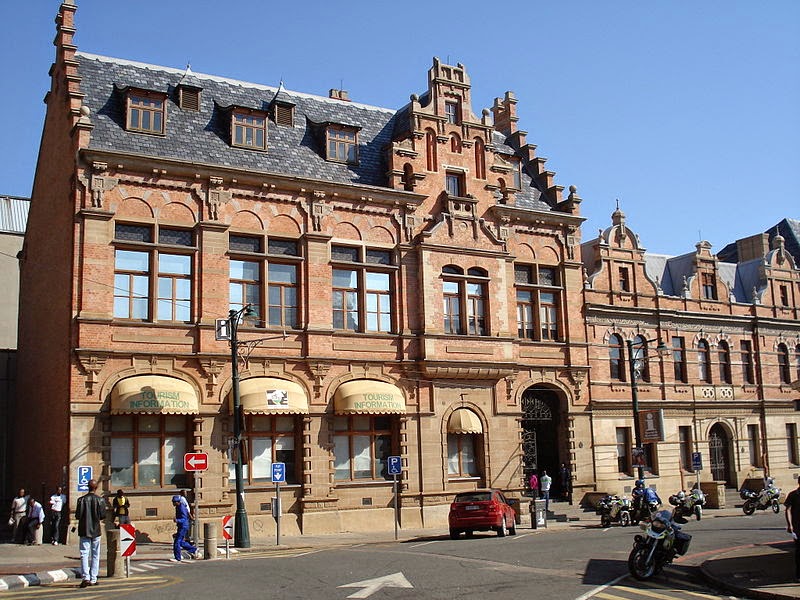 |
| The Nederlandsche Bank |
1889
The suburb of Arcadia is incorporated into Pretoria.
 |
| Plan of Pretoria 1878 |
Work starts on the new Raadsaal (council boardroom), with the foundation stone being laid by President Kruger on 6 May.
Magistrates Court is built on the north east corner of Koch and Pretorius Streets.
1890
The first telephone exchange, that was ordered for Johannesburg, is installed in Pretoria due to insufficient subscribers in Johannesburg.
The suburb of Sunnyside is incorporated into the city of Pretoria.
The suburb of Les Marais, as well as the Asiantic Bazaar, is established.
The foundation stone of the Pretoria Hospital is laid by President Kruger.
1891
Construction on The Raadsaal is completed.
 |
| The "Ou Raadsaal" on Church Square |
The Press Printers is established on the corner of Koch and Vermeulen Streets.
1892
The suburb of Pretoria West is established.
The first railway station is erected in Pretoria. The Nederlandse-Zuidafrikaanse Spoorwegmaatchapij is responsible for the maintenance of the railroad.
 |
| Arrival of the first train at Pretoria Station |
 |
| Pretoria Station |
Electricity is introduced to Pretoria. The residence of the president is the first in Pretoria to be lit by electricity.
1893
The Staatsmodelschool is established on the corner of Van der Walt and Visagie Streets.
 |
| Staatsmodelschool |
The State Gymnasium is established for the training of teachers.
1894
State Girls school (now Hamilton Primary school) and State Gymnasium is established.
 |
| State Gymnasium |
1895
The Delagoa Bay railway line is officially opened by Paul Kruger on 8 July.
1896
The suburbs of Mayville, Eloffsdal and Villiera are established.
1897
The Suburb of Hermanstad is established.
The Foundation stone of the building of the Palace of Justice is laid by President Kruger in Church Square.
 |
| Palace of Justice |
1898
Roseville and New Muckleneuk are established.
Construction on the Palace of Justice in Church Sqaure is completed.
Pretoria News is launched by Leo Weinthal, the first editor of the Printing Press.
 |
| Pretoria News offices |
Erection of the Staats Meisjies Skool (State Girls School) building.
1899
War is declared between the British Empire and the Afrikaans-speaking Dutch settlers of two independent Boer republics, the South African Republic (Transvaal Republic) and the Orange Free State.
1902
Signing of the Treaty of Vereeniging, ending the South African War. The republics then become British colonies.
 |
| Melrose House - where the Treaty of Vereeniging was signed |
 |
| Signatures on the treaty |
The suburb of Brooklyn is established.
The Transvaal Museum as well as Pretoria Zoo is established by J. W. B. Gunning, who is appointed as first director.
 |
| National Museum of Natural History |
Gezina, Wonderboom South, Rietfontein, Parktown, Mountain View and Claremont are established
1903
Pretoria Gardens, Daspoort, Rietondale and Waterkloof are established as residential suburbs.
A sewerage system introduced in Pretoria.
1904
The Opera House is opened by the Pretorian Mayor of the time, Eddie Bourke.
 |
| The facade of the old Opera House |
1905
Foundation stone laid for the new Town Hall.
Lady Selbourne, Hatfield and Booysens are established as residential suburbs.
1906
A fountain is erected in the middle of Church Square. This fountain was later moved to the Zoological Gardens in 1911.
 |
| The fountain on Church Square |
1910
The birth of the Union of South Africa with Pretoria as administrative capital and Cape Town as the legislative capital.
Louis Botha becomes the first Prime Minister of the Union of South Africa.
Electric trams are introduced to Pretoria.
 |
| Electric tram in Pretorius Street |
 |
| Tram in Church Square |
1912
A statue of President Kruger is erected in Princes Park.
The National Party is established.
The Municipal Tram Sheds are built on the corner of Van Der Walt and Schoeman Streets. There were about 13, 5 miles of tracks for trams in Pretoria.
1913
Construction on the Union buildings is completed.
 |
| The Union Buildings |
1914
Capital Park is established as a residential suburb.
1923
First pass law is introduced in South Africa, designed to regulate movement of black Africans in white urban areas.
1928
Iscor Limited, a South African parastatal steel company, is founded by the South African Government with its first works in Pretoria.
The residential suburb of Colbyn is established.
1931
Pretoria is officially declared a city and construction of the City Hall begins to celebrate the city-status.
1934
The United Party government is formed under Generals Hertzog and Smuts.
Menlo Park is established as a residential suburb.
1935
The Pretoria City Hall is inaugurated on the Paul Kruger Street south of Church Square and across the street of the Transvaal Museum.
 |
| Pretoria City Hall |
1939
Establishment of Atteridgeville, named after the Deputy mayor Patricia Atteridge.
Waterkloof Ridge is established as a residential suburb.
1940
First 50 families are relocated from Marabastad to Atteridgeville.
1942
The suburb of Danville is established.
1945
The Council for Scientific and Industrial Research (CSIR) is established. It’s South Africa’s central and premier scientific research and development organisation.
1948
The National Party runs victoriously in the elections and subsequently enacts a mass of racial legislation that is designed to preserve white supremacy in South Africa. The National Party names it’s policy “apartheid.”
The residential suburb of Groenkloof is established.
1949
The Hercules municipality is merged with Pretoria.
1951
The township of Mamelodi is established by the government on the farm Vlakfontein on the northeast outskirts of Pretoria.
1956
20 000 women marches to the Union Buildings in protest against South Africa’s apartheid-era pass laws on 9 August 1956.
 |
| 1956 Womens march |
1957
Black inhabitants from the Lady Selborne district, as well as other areas including Attridgeville, Mamelodi and Ga-Rankua takes part in a protest against a decision to raise bus fares.
The Treason Trial begins, in which 30 of the accused, including Nelson Mandela, were only released in March 1961, because the State could not prove its case.
 |
| The Old Synagogue where the Treason Trial (1958 – 1961) took place |
1958
H.F. Verwoerd becomes Prime Minister of South Africa.
1960
Establishment of Laudium, a residential township for Indians.
1961
South Africa becomes a Republic and leaves the Commonwealth of Nations.
1962
Eersterus, an area created by the government to allocated and relocated people of the coloured race to, is laid on the farm Vlakfontein, 15km east of Church Square.
1963
The Rivonia Trial began at the Palace of Justice in Church Square. Nelson Mandela was among the accused.
 |
| Rivonia trial court room |
1964
The Pretoria Art Museum is inaugurated by the new mayor of Pretoria, Dr PJ van der Walt.
The municipalities of Silverton and Pretoria North are incorporated into Pretoria.
1966
The township of Ga-rankuwa is officially opened in the Tswana homeland.
1968
A new nationalist daily newspaper, Hoofstad, as well as the morning newspaper Oggendblad, are established.
Petrol driven buses are introduced in Pretoria.
1972
UNISA moved into its new home on Muckleneuk Ridge.
 |
| Unisa with the Telkom tower in the background |
1977
Anti-apartheid activist Steve Biko dies in a Pretoria prison on the 12th of September 1977.
 |
| Steve Biko |
 |
| Biko's coffin in a cart drawn by oxen |
1980
Three ANC men take 25 hostages in the Pretoria suburb of Silverton, demanding the release of Nelson Mandela. The three ANC men and two white female hostages are killed.
1981
The Voortrekkerhoogte Military Base outside Pretoria is attacked. Two British citizens, Nicolas Heath and Bonnie Lou Muller, are identified as accomplices in the assault.
1983
A car bomb at the South African Air Force in Pretoria kills 15 people.
On 20 may 1983 a motor bomb was detonated outside the Poyntons builging in Church Street. 19 people were killed and more than 200 were injured.
 |
| Scene after the explosion |
 |
| Scene after the explosion |
1984
Approximately 7 000 people attends an Afrikaner Volkswag rally in Pretoria.
1985
Two grenade attacks occur in townships in Pretoria.
1986
Esther Masuku, mother of youth activist and South African Council of Churches-member Oupa Masuku, is killed in a hand grenade attack on their house in Atteridgeville .
The P. W. Botha regime declares a nationwide state of emergency to crush Black resistance.
1987
Four municipal police officers are killed and one injured in Atteridgeville.
1988
A bomb explodes prematurely outside Pretoria’s Sterland cinema, killing the carrier and wounding a bystander. According to the ANC, the intended target was a nearby government building.
In September, a bomb explodes at the Laudium home of a Pretoria municipal election candidate.
1990
The Pretoria Minute is signed as a result of talks between the South African government and the ANC in Pretoria.
1994
The people of Pretoria took part in South Africa’s first democratic elections on 27 April 1994.
 |
| Iconic image of the 1994 elections |
Nelson Mandela was inaugurated on 10 May 1994 at the Union Buildings as South Africa’s first democratic president.
1995
Loftus Versfeld Rugby Stadium was one of the host stadiums in the 1995 Rugby World Cup.
The Motor Industry Development Programme was implemented by government. Pretoria hosts half of the light vehicle manufacturers located in the country (Volvo, Nissan, BMW, and Ford). Daimler, Tata, Mahindra and Volkswagen also have representation in the City of Tshwane.
1998
The military area, known as Voortrekkerhoogte, was renamed Thaba Tshwane. It was founded around 1905 by the British Army, and was first known as Roberts Heights after Lord Roberts.
1999
Thabo Mbeki becomes the second democratically elected President of South Africa.
2000
The Gordon Institute of Business Science is established by the University of Pretoria.
The City of Tshwane Municipality is established.
2001
The Innovation Hub, a community of successful, innovative companies is established.
2002
The University of Pretoria establishes a High Performance Centre at its LC de Villiers Sports Grounds. It’s South Africa’s first tertiary sporting academy.
2003
Deputy President Jacob Zuma facilitates meetings between Pierre Buyoya, the President of Burundi and rebels Alain Mugabarabona, Jean-Bosco Ndayikengurukiye and Pierre Nkurunziza in Pretoria.
Supersport Park in Centurion, was one of the host stadiums of the 2003 ICC Cricket World Cup.
2004
The people of Pretoria took part in South Africa’s third democratic elections on 14 April 2004
The Expanded Public Works Programme (EPWP) was launched as a nationwide programme covering all spheres of government and state-owned enterprises. Apart from being South Africa’s administrative capital, Pretoria hosts most government departments.
2005
Pretoria’s council votes and The South African Geographical Names Council approves to change the city’s name to Tshwane.
President of South Africa Thabo Mbeki, and Laurent Gbagbo, President of Côte d’Ivoire, hold talks in Pretoria to advance peace in Côte d’Ivoire.
Xolilizwe Mzikayise Sigcawu, the 11th paramount chief of the Gcaleka sub-group of the Xhosa nation and an active member of the House of Traditional Leaders, dies at No 1 Military Hospital in Pretoria.
2006
5 000 Telkom workers stage a protest march against Telkoms’s profit-sharing scheme in March.
Herman van Rooyen and Rudi Gouws, two Boeremag treason trial accused, escape from the Pretoria High Court.
2007
Marais Viljoen, former State President of South Africa, dies in Pretoria from heart failure at the age of 91.
Freedom Park opened in December 2007.
 |
| Freedom Park |
2008
The University of Pretoria’s business school, the Gordon Institute of Business Science, replaces the Graduate School of Management.
Nelson Mandela receives the Freedom of the City award from the City of Tshwane.
2009
Loftus Versfeld Stadium is one of the venues used for the 2009 FIFA Confederations Cup, hosting the Group B matches USA vs. Italy, USA vs. Brazil and Brazil vs. Italy.
The people of Pretoria took part in South Africa’s fourth democratic elections on 22 April 2009.
2010
On 9 December 2010, the South African National Space Agency (SANSA) was launched. Their corporate office is located at the Innovation Hub in Pretoria.
 |
| World cup - The Telkom tower in Groenkloof had a soccer ball fitted |
Loftus Versfeld Rugby Stadium was one of the host stadiums for the 2010 FIFA World Cup.
2011
The Gautrain route from Rosebank to Pretoria and Hatfield commenced operations on 2 August 2011.
Reconciliation road, a road linking Freedom Park and the Voortrekker Monument was opened in 2011.
The City of Tshwane Municipality becomes one of the largest municipalities in the world by land size after the incorporation of the Metsweding District Municipality.
Having over 300 000 students, UNISA becomes one of the world’s mega universities.
The Centurion Aerospace Village is established in Centurion.
2012
Members of the Square Kilometre Array (SKA) Organisation announced that the SKA telescope would be split between Africa and Australia. Tricom Structures, a Pretoria-based company is manufacturing a 25-ton backup structure for MeerKAT.
 |
| New bank notes |
The South African Reserve Bank, located in Pretoria, issued new banknotes bearing the face of former President Nelson Mandela.
South African won six medals at the London Olympics. Medals went to Cameron van der Burgh (gold) and Roeland Schoeman (bronze) whom are both born in Pretoria while Caster Semenya (silver) and Bridgitte Hartley (bronze) are both University of Pretoria alumni.
2013
Oscar Pistorius shot girlfriend on Valentines day.
USA President Obama in State Visit to Pretoria.
Nelson Mandela hospitalised for about 2 months in Arcadia, Pretoria.
Tshwane Mayor launch the ambitious Tshwane 2055 vision for the city.
Pretoria grieved and honoured Nelson Mandela, who passed away on 5 December 2013. More than hundred heads of state came to Pretoria to pay their respects. His body lay in state for three days in Pretoria and was visited by more than 100 000 people at the Union Buildings. The Mandela Statue was unveiled on 16 December 2013.
 |
| The Mandela Statue at the Union Buildings |
2014
The people of Pretoria took part in South Africa’s fifth democratic elections on 7 May 2014.
The murder trial of Oscar Pistorius takes place at the Pretoria High Court from 3 March to 8 August. On 12 September he was foun not guilty of murder but guilty of culpable homicide.
On 4 August Pretoria felt a tremor of a 5.5-Magnitude earthquake that hit central South Africa.
Red Bull X-fighters had their World Tour 2014 Final in Pretoria, at the Union Buildings on 23 August. It’s one of the biggest and most respected freestyle motocross tours on the planet.
 |
| Red Bull X-fighters at the Union Buildings |



